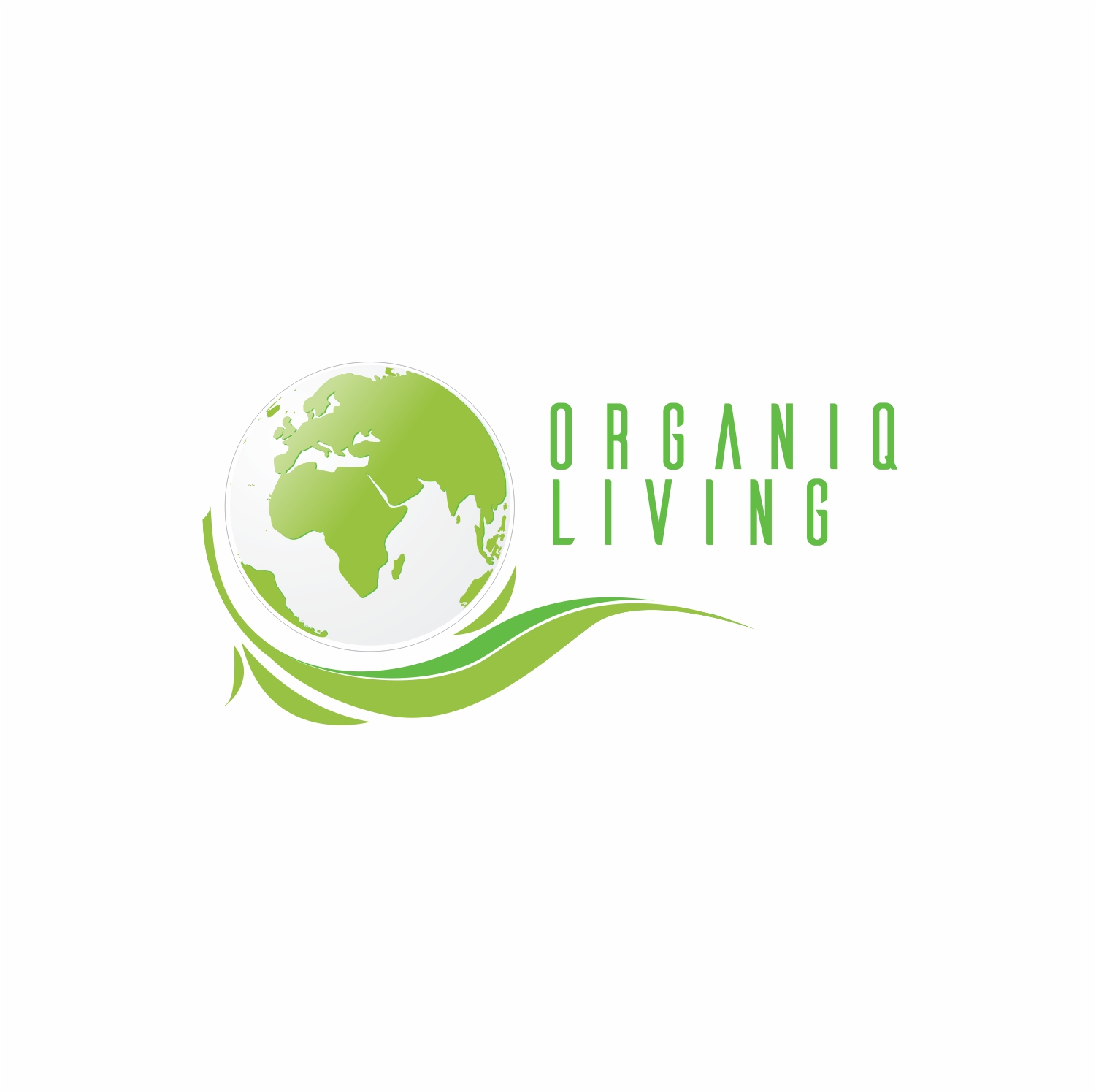What is Fair Trade?
- Pooja

- Jul 10, 2020
- 4 min read
Updated: Jul 27, 2020
"There is no beauty in the finest cloth if it makes hunger and unhappiness." - Gandhi
What is Fair Trade?
Fairtrade is a simple way to make a difference to the lives of the people who grow and create the things we love. It’s all about making trade fair.
Fair Trade as the name suggests is related to trading of products.
Fairtrade changes the way trade works through better prices, decent working conditions and a fairer deal for farmers, rural artisans and workers in developing countries.
Fairtrade's approach enables farmers and workers to have more control over their lives and decide how to invest in their future.
As a leader in the global movement to make trade fair, Fairtrade supports and challenges businesses and governments and connects farmers and workers with the people who buy their products.
Fairtrade changes lives by changing trade. It transfers wealth back to farmers and workers in developing countries who deserve a decent income and decent work. It is the leading independent global movement for trade justice, and is still the most recognised and trusted sustainable trading standard in many leading markets.
By choosing Fair Trade, people can create change through their everyday actions. A product with the Fair Trade Mark means producers and businesses met internationally agreed standards which have been independently certified.
What does Fair Trade means for Farmers and Workers?
Prices that aim to cover the average costs of producing their crop sustainably – a vital safety net when market prices drop
The Fairtrade Premium – an extra sum of money paid on top of the selling price to invest in business or community projects of their choice
Decent working conditions and a ban on discrimination, forced labour and child labour
Access to advance credit ahead of harvest time
Being able to plan more for the future with more security and stronger relationships with buyers.
What does Fairtrade mean for the consumers?
Consumers are a vital part of Fairtrade. Every Fairtrade product you choose or campaign you support enables farmers and workers to invest in their lives and take more control of their future.
10 PRINCIPLES OF FAIR TRADE
Fair Trade Certification
The Fairtrade certification system is rigorous, independent, and in line with best-in-class certification practice.
ABOUT THE CERTIFIERS
FLOCERT is the largest certifier for Fairtrade, responsible for the certification of all producers and most traders. FLOCERT operates a transparent, independent and globally consistent certification system. In addition to complying with Fairtrade’s certifier requirements, it is accredited under ISO 17065, the leading international quality norm for product certifiers. A few national Fairtrade organizations (Australia/New Zealand, Canada and Japan) certify traders in those countries.
The Fair Trade Markings
The FAIRTRADE Mark is the symbol of the international Fairtrade system – and the most globally recognized ethical label. When you buy products with any of the FAIRTRADE Marks, you support farmers and workers as they improve their lives and their communities.

The Original Fair Trade Mark
This has always stood for fairly produced and fairly traded products. It also means the product is fully traceable (kept separate from non-certified products) from farm to shelf. You see this Mark on single-ingredient products, such as bananas and coffee.

The Fair Trade Mark with arrow
It means to look on the back of the packaging to learn more about the ingredients and sourcing method.
This Mark with an arrow is used on products with multiple ingredients, such as chocolate bars or cereal. All the ingredients that are available under Fairtrade conditions have to be Fairtrade (e.g., all the cocoa, sugar and vanilla). The minimum total Fairtrade content is 20 percent but many companies go above and beyond that. You will find the percentages on the back of the pack.
Specific Product Marks
Two products have their own specific Marks, Gold and Cotton.

The FAIRTRADE Gold Mark stands for the fair extraction and trading of all of the gold used in a piece of jewelry, as well as the gold’s physical traceability throughout the supply chain. This certification may also be indicated by a stamp on the final piece of jewelry.
The FAIRTRADE Cotton Mark indicates that a product is made with raw cotton that has been fairly produced and traded, which is directly traceable through all stages of production and separated from non-Fairtrade cotton during processing. A blended fabric can carry this label if 100 percent of the cotton used in the blend is Fairtrade certified.

There is also a Fairtrade Textile Standard which mandates ethical production of a textile or piece of clothing – you may see a garment with tags that show it is both made from Fairtrade cotton and certified under the Fairtrade Textile Standard.
FAIRTRADE SOURCED INGREDIENT MARK

These white Marks indicate that the ingredient named on the tab has been sourced as Fairtrade, such as Fairtrade cocoa in a breakfast cereal. (This is different from the black FAIRTRADE Mark, which signifies that all the ingredients that are available as Fairtrade are Fairtrade certified.)
The new Fairtrade Sourced Ingredient Marks cover all Fairtrade commodities, except for coffee and bananas.
I hope this information was useful for you. So next time you shop look for these marks and Support Fairtrade.
All information mentioned here is courtesy https://info.fairtrade.net/
Follow us and subscribe for Newsletter
Learn more about Organic and Healthy Lifestyle with us. Follow and subscribe.
Next Topic - Healthy Eating.
Coming Soon !






Comments